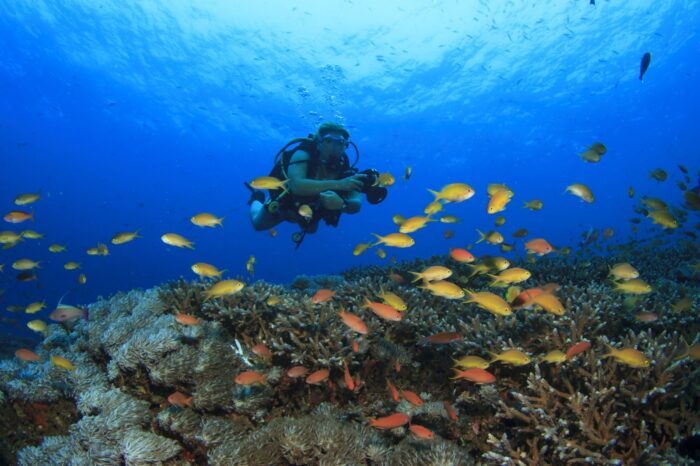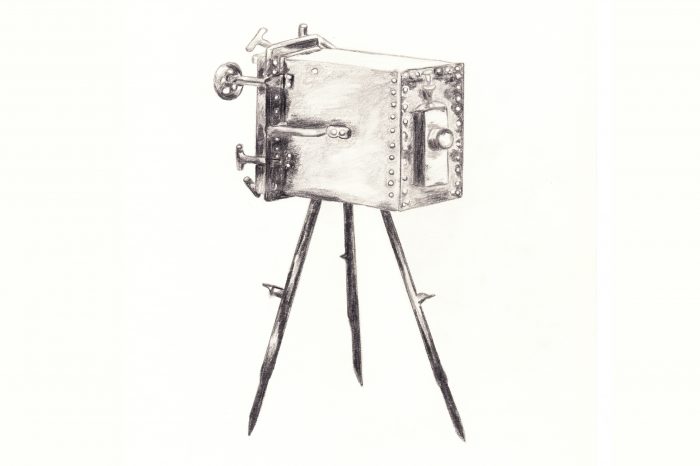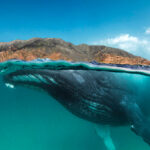The 3 How-Tos to Photographing Marine Mammals Underwater
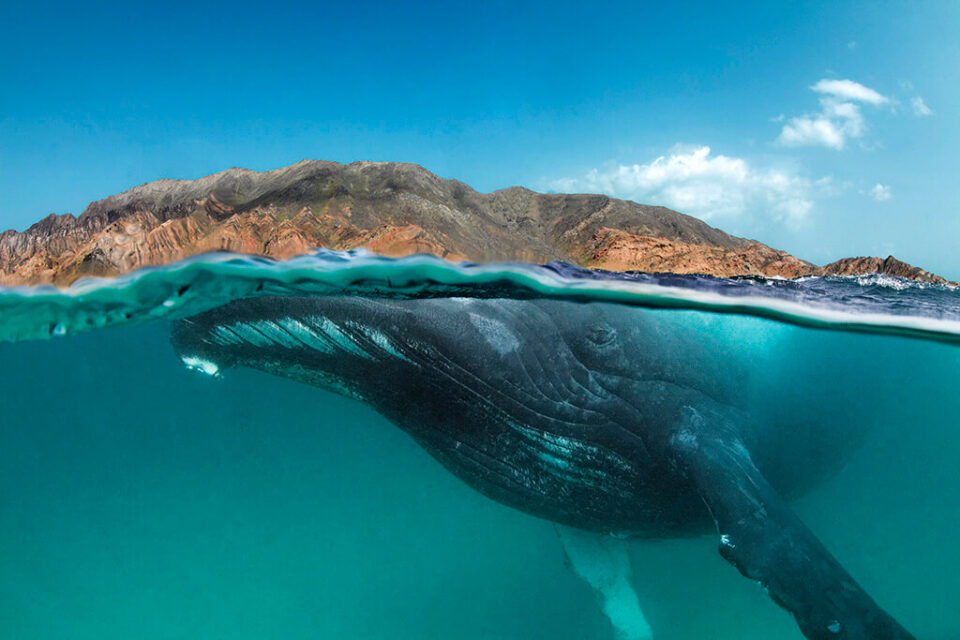
Thanks to the wonders of underwater photography and videography, millions of people are able to see how wonderfully breathtaking the world beneath the waves is and learn more about the wildlife that calls it home— such as the massive animals like barrel-rolling manta rays and waltzing humpback whales.
Original text by Ellen Cuylaerts (ScubaDiver Issue 106/2017 SDOP Special Edition)
Adapted for online publication by Goh Pearl Lyn
Some of the world’s best underwater photographers are lauded not just for their breathtaking photographs, but also for capturing them in the midst of heart-pounding animal encounters. Capturing these majestic creatures under the sea can often be tricky and almost impossible. The authentic and colorful images that you envision seem almost too far-fetched.
Diving conditions, changing tides, visibility — these are just a few of the many complications we face. Despite all of this, there are many ways to simplify the process – and some of them might be unexpected.
Before diving down to shoot the almost secretive treasures underwater below, it’s crucial to understand our responsibility and impact as observers in our ocean. Here are some suggestions for documenting your favorite marine life sustainably.
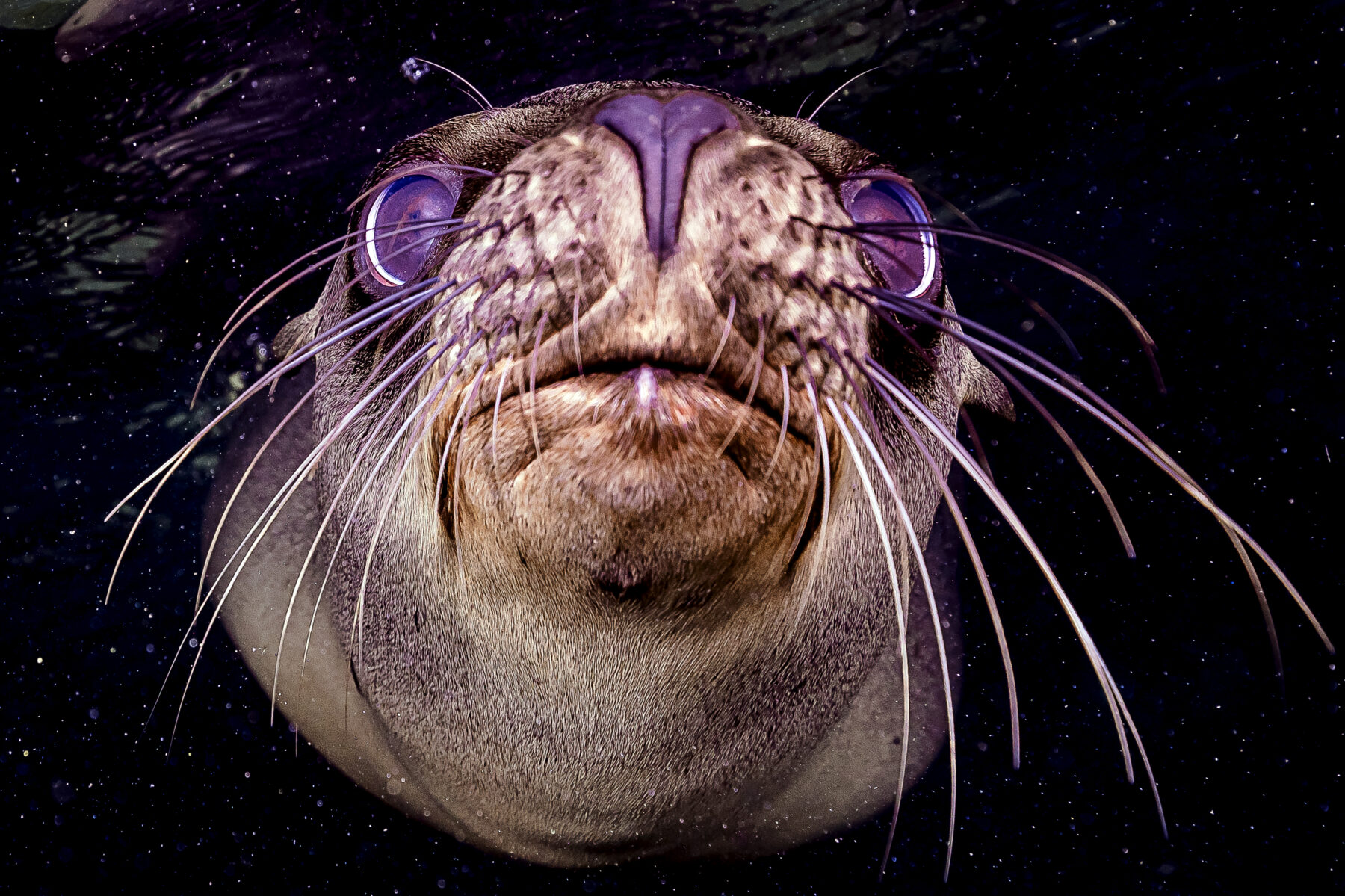 Mug shot. When: September 2018 / Where: La Paz, Baja California Sur, Mexico / How: Sony s7R Mark III, Seacam housing, 12-24mm lens (f/9, 1/80s, ISO 800) / Image by: Ace Wu
Mug shot. When: September 2018 / Where: La Paz, Baja California Sur, Mexico / How: Sony s7R Mark III, Seacam housing, 12-24mm lens (f/9, 1/80s, ISO 800) / Image by: Ace Wu
1.Wait for the Right Group or Animal to Engage With
The most important thing to always remember is the ocean is home to wildlife. Respecting the sea animals will bring a whole lot of difference to your photos. It is critical to never corner or chase a subject for a shot because your photographs will reflect the panic stemming from the chase. It’s easy to spot a terrified animal, and more of the time, you’ll be left in a cloud of sand as they flee. Your top priority should always be to become a non-intrusive photographer, keep a respectful distance, observe and enjoy the moment.
Always be prepared. Having the appropriate settings, to begin with is a big part of mastering underwater photography. If you’re shooting in manual mode and your encounter with your subject is just a fleeting moment, it can surely be frustrating.
The intriguing species you were hoping to picture is usually gone by the time you adjust your shutter speed. While many big animals move slowly, dolphins and sea lions are an exception. Preparing your settings before approaching your client is one way to avoid this. Take test shots before deciding on your background and consider shutter speed based on your subject’s speed.
Always remember: It’s important to relish the moment and let the marine animals approach you. Establish a balance between looking through the viewfinder and trying to maintain eye contact with them, and only shoot when all elements – composition, light, angle – works.
2. Light
Because marine animals are accustomed to low-light or dark settings, camera flashes and other bright lights can be frightening.
Some sea creatures are sensitive to artificial light and tend to shy away from bright constant light sources. Make use of the ambient light: Keep ambient light behind you to light the animal, or shoot against the light to achieve a silhouette. In darker water or skies, add some subtle video light, which is usually less disturbing. It adds definition to the images in the area you want, like on the face.
Always remember: Use these lights sparingly and only snap a few shots of each animal to prevent causing them unnecessary shock or worry. By altering your settings while practicing on other subjects, you can reduce the number of photos you take.
3. Gear and Negative Space
Finding a unique perspective is always important when taking any photo. Shooting with a 16mm fisheye lens requires more attention to the correct angle to avoid distortion, but to Ellen, it is usually more rewarding in creating depth in images. To optimize the depth of an image shooting big animals in the water, one technique is to have one animal very close to your fisheye and another, or others, filling the frame in the background. Shooting an animal in its environment is a powerful way to convey the size, space, and context of that animal.
Always remember: Good things come to those who wait. Patience and responsible underwater photography is the key to getting the amazing shots you’ve been waiting for. It’s definitely a rewarding process. The best, and most sustainable souvenir you can take home is the breathtaking photos you have taken.
–
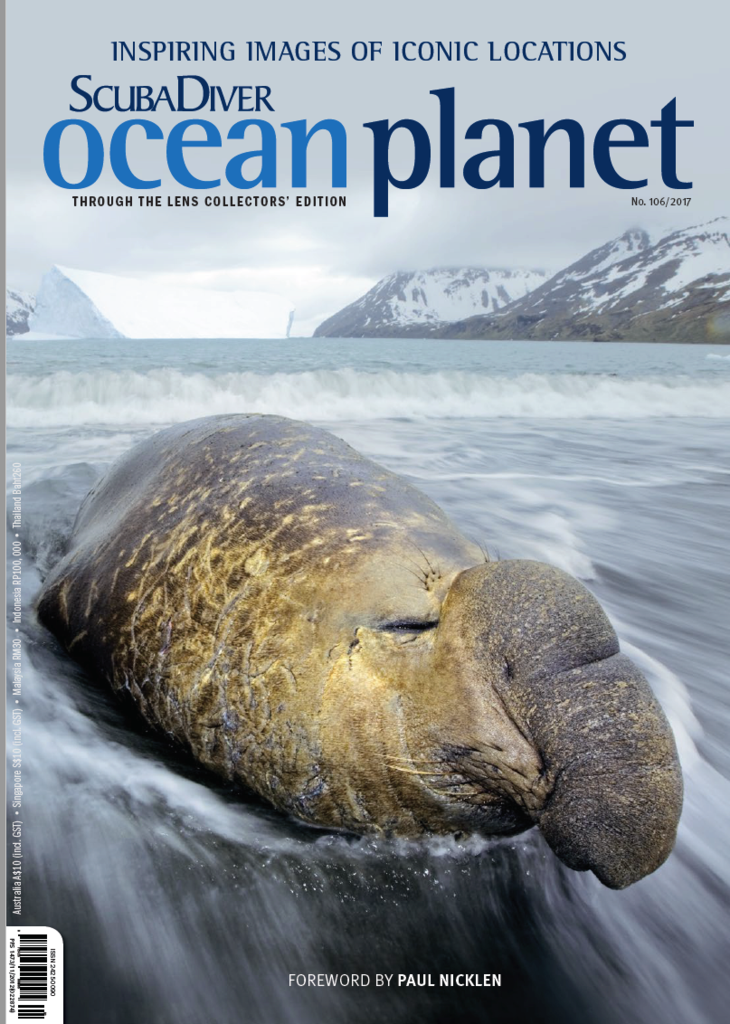
To read more about Tips and Techniques for Underwater Photography by Ellen Cuylaerts, check out ScubaDiver Issue 106/2017 SDOP Special Edition Digital Magazine. Pick up the current issue of the ScubaDiver101 East Asia Magazine today here or download a digital copy here! Next Issue is coming to shelves soon, reserve your copy by emailing marketing@asiangeo.com today!

